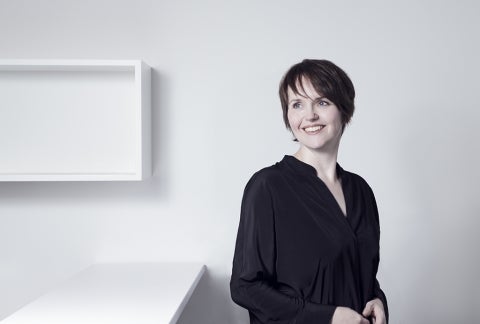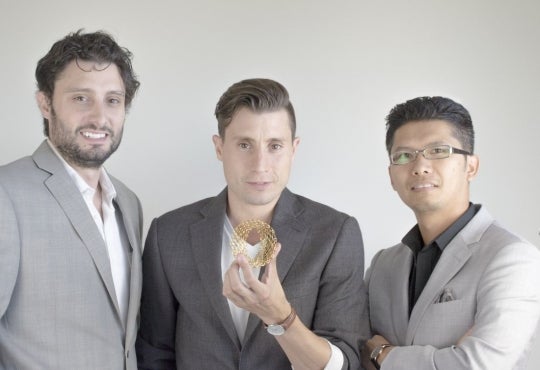
Meg Graham (BES ’95, BArch ’97) principal at Toronto-based architectural firm Superkül, along with her colleagues, recently launched her first book Rain, Gravity, Heat, Cold. The 160-page book illustrates the philosophy, thinking and design approach that define the firm’s award-winning practice.
While tackling small and large scale projects at the firm, Meg also teaches design at the John H. Daniels Faculty of Architecture, Landscape and Design at the University of Toronto, and is a visiting lecturer at several architecture schools in Canada and the US.
Meg is a registered architect with the Ontario Association of Architects (OAA) and a Fellow of the Royal Architectural Institute of Canada.
Alumni Relations had the opportunity to catch up with Meg to talk about her fast-paced career and life after Waterloo.
--------------------------------------------------------------------------
Congratulations on the recent launch of Rain, Gravity, Heat, Cold. Can you tell us about the inspiration behind the book and why you thought now was the right time for your firm to launch it?
We’ve had the practice for thirteen years now, and a couple of years ago decided it was time to capture the projects, people and places embodied in our work. In doing the book we came to realize it was a love letter to the thousands of clients, contractors, consultants and colleagues we have had the opportunity to work with over the years.
You are principal at Superkül while also a lecturer of design. How do you manage such demanding roles?
To paraphrase Madonna, I am driven by a horrible fear of being mediocre. I am constantly looking to push the envelope on what we do, what I do. These different roles feed each other, keep me moving forward. I can’t imagine life without them. I am also the proud mother of two young children – which has taught me more about organization than just about anything else.
Did you always want to be an architect? What appealed to you about this field of work?
I didn’t know I wanted to be an architect until I was in university, and fell in love with what a good friend was doing in architecture school (I was in political science). Being an architect carries great responsibility – and great possibility, to shape our individual lives, our environments and communities in positive and enduring ways. It is a challenge that I love, and in which I find great meaning.
Was there anyone or anything at Waterloo that influenced you?
In school I was surrounded by a diversity of smart, unusual and motivated people, both students and professors. Professor-wise: Rick Andrighetti whose course on landscape changed the way I viewed architecture; Mary Lou Lobsinger (now at UofT), for her fierce intelligence, and Don McKay, for pushing me to do better and think bigger.
Can you speak to your experiences of being a woman leader in a mostly male dominated field of work?
Architecture requires great patience and a thick skin – it can take years to build a building and it can be a hard slog. This is true for men and women alike. I chose my battles carefully, and focused on those aspects of my profession to which I was naturally inclined -- and worked, over years, to become very good at them. Importantly, the places I worked were incredibly supportive of men and women both. The trick is to stick with it, have great patience and craft your future – it won’t get handed to you.
You have won the American Institute of Architects Gold Medal in your thesis year at UWaterloo. What does this accomplishment mean to you?
It was a wonderful recognition of my years there and the work done. It was also a way of understanding my education in the broader context of the profession – as part of a greater body of professionals both part of the American Institute of Architects and its Canadian equivalent.
What advice do you have for young graduates looking at following a similar career path?
Our local and global communities are in great need of innovative and diligent architects and design professionals who have the stamina and vision to enable the creation of responsive and durable buildings and environments. They are in surprisingly short supply. Stay committed to building better buildings and spaces; our cities and communities depend on it.






